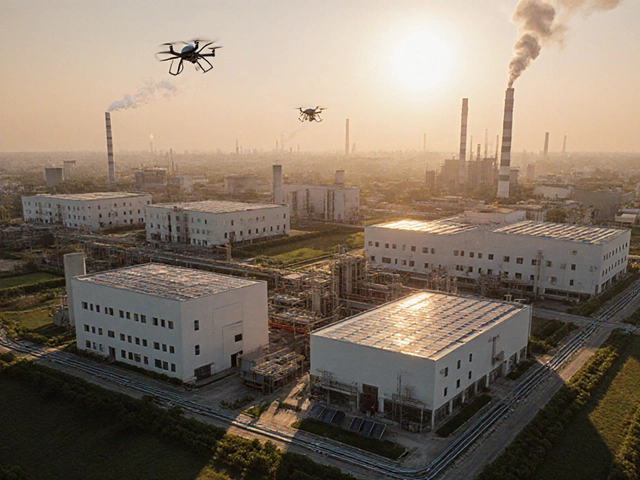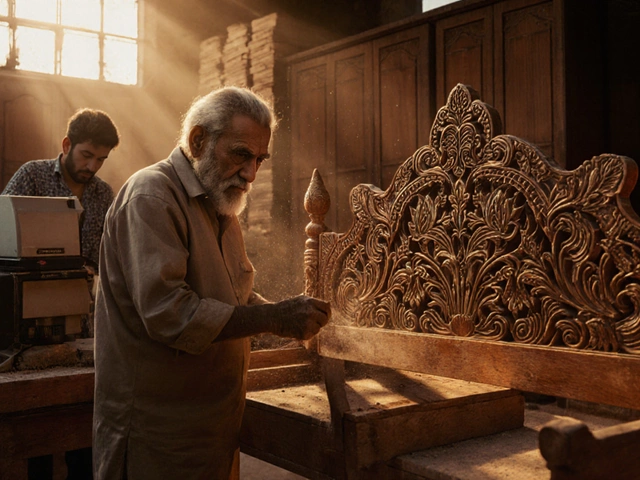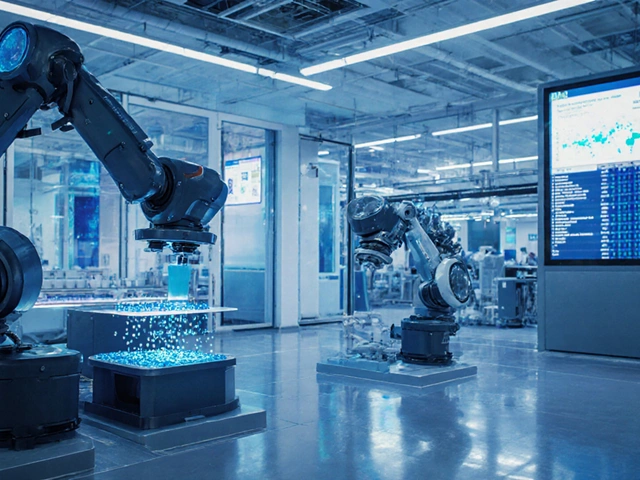Why Pittsburgh Is the Steel Capital
When talking about Pittsburgh as the Steel Capital, the city that became the heart of America's steel production in the 19th and 20th centuries. Also known as the Steel City, it rose from river valleys and coal seams to dominate global metal markets, you instantly step into a story of raw material flow, visionary leadership, and rapid industrialization. The Steel Industry, a sector that transforms iron ore and coal into high‑strength steel needed a perfect mix of cheap energy, transportation links, and skilled labor – all of which Pittsburgh offered in abundance.
Key forces that forged the steel capital
The Industrial Revolution, the era of mechanized production that reshaped economies worldwide acted as a catalyst, turning small iron works into massive integrated mills. Andrew Carnegie, the steel magnate who built a vertical empire from ore to finished rail recognized that proximity to Iron Ore Supply, the raw mineral extracted mainly from the Great Lakes region and to abundant coal fields gave Pittsburgh a decisive cost advantage. By linking river barges, railroads, and later highways, the city reduced transportation costs and created a feedback loop: lower prices attracted more factories, which in turn spurred more infrastructure investment.
These elements combined into a clear semantic triple: Pittsburgh as the Steel Capital encompasses the Steel Industry; the Steel Industry requires both Iron Ore Supply and abundant coal; and the Industrial Revolution accelerated this relationship. The outcome was a dense network of mills that churned out everything from bridge girders to kitchen knives, powering America’s rise as an industrial superpower.
Beyond history, the legacy of Pittsburgh’s steel era still informs today’s manufacturing strategies. Articles in our collection examine cost comparisons between India and China, break down small‑factory budgets, and explain the 5 M’s of manufacturing – all concepts that echo the same principles that made steel production viable in Pittsburgh. Whether you’re looking at modern plant automation, sustainable energy use, or how regional policies affect production costs, the Pittsburgh example offers a template: align raw material access, efficient logistics, and skilled labor to achieve scale.
With this backdrop, the posts below will walk you through practical insights – from choosing the right location for a new factory to understanding how legacy industries transform in a green economy. Dive in to see how the lessons of the steel capital still shape the next wave of manufacturing innovation.
Pittsburgh: The Steel Capital of the United States (And Why It Matters)
Pittsburgh, Pennsylvania is the steel capital of the United States due to its dominance in steel production from the 1870s to 1980s. The city produced 67% of America's steel at its peak, thanks to its access to coal, rivers, and innovators like Andrew Carnegie. Though mills closed in the 1980s, Pittsburgh's legacy as the steel capital endures through its cultural identity and ongoing steel industry presence.
Read More




